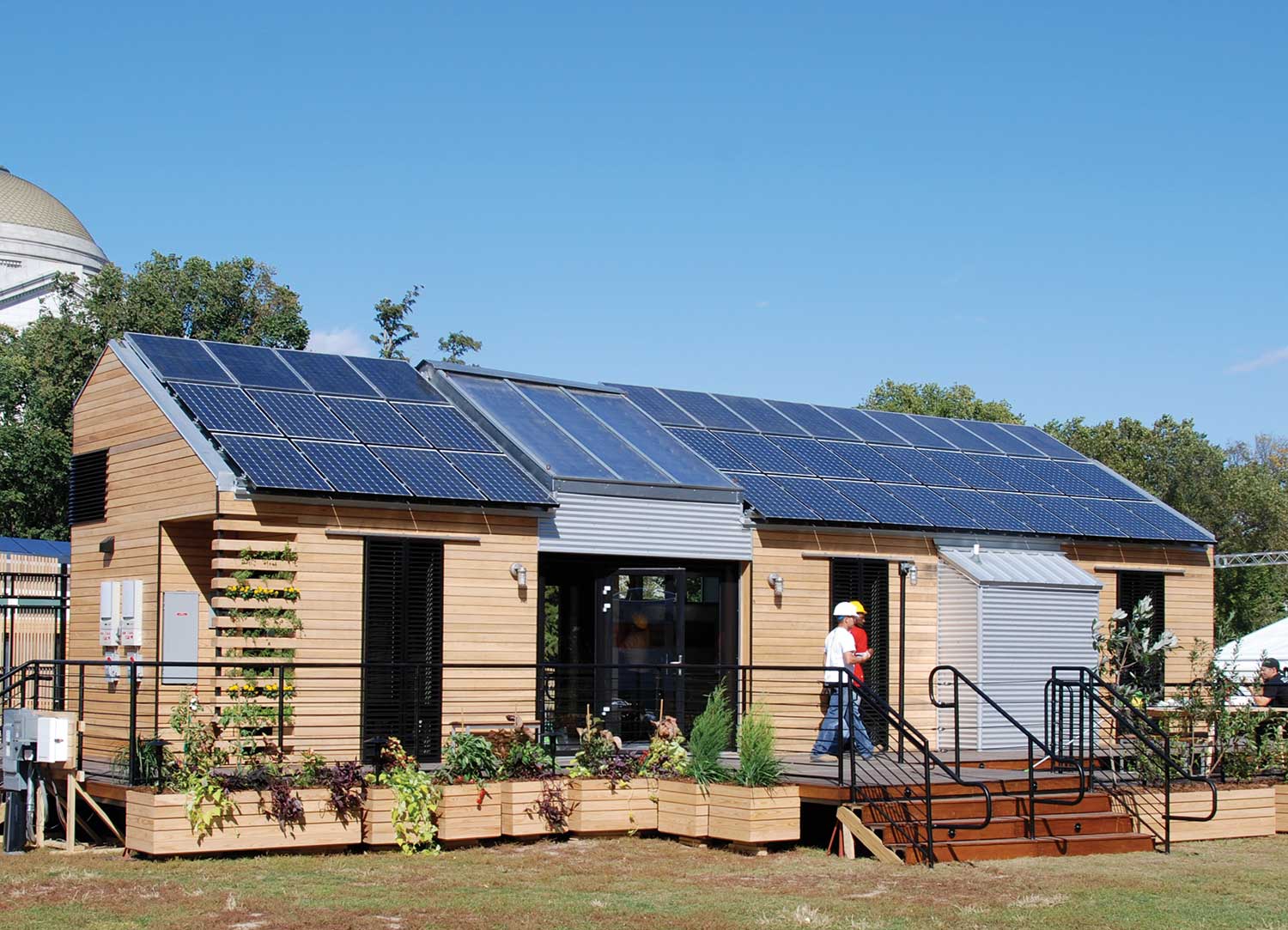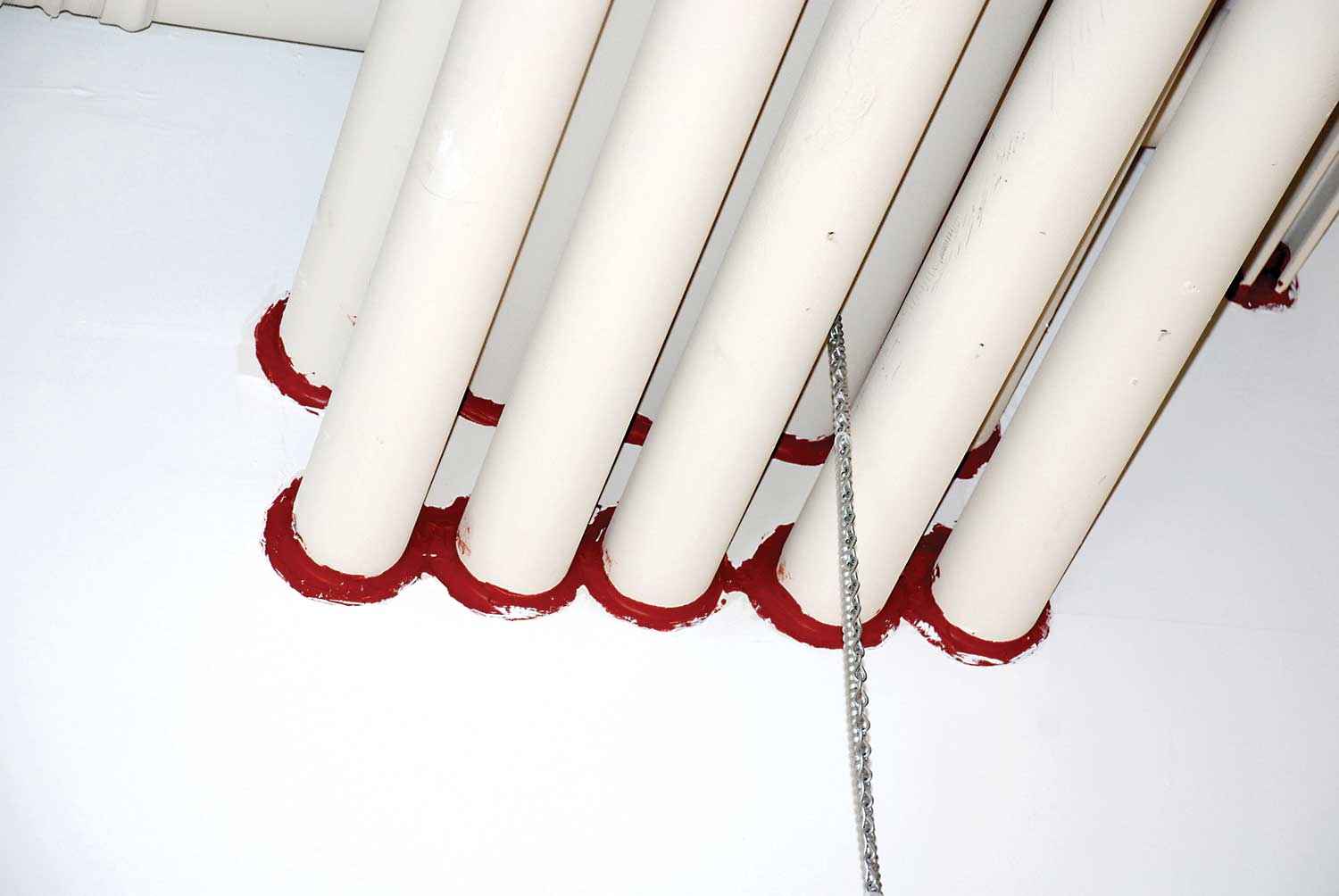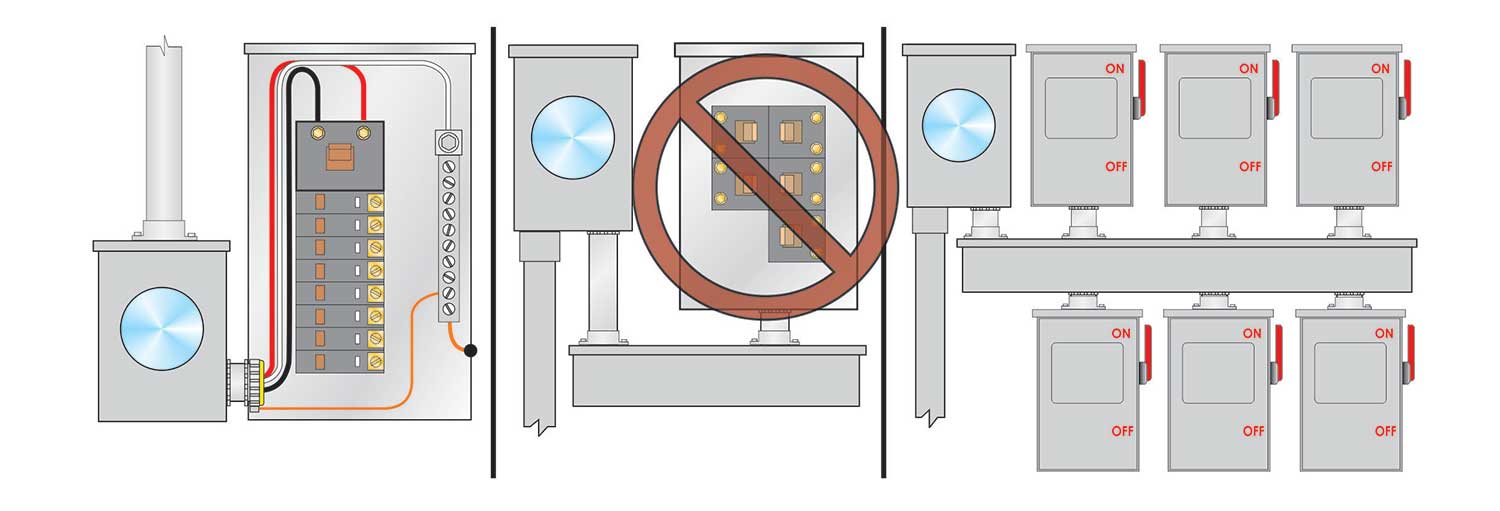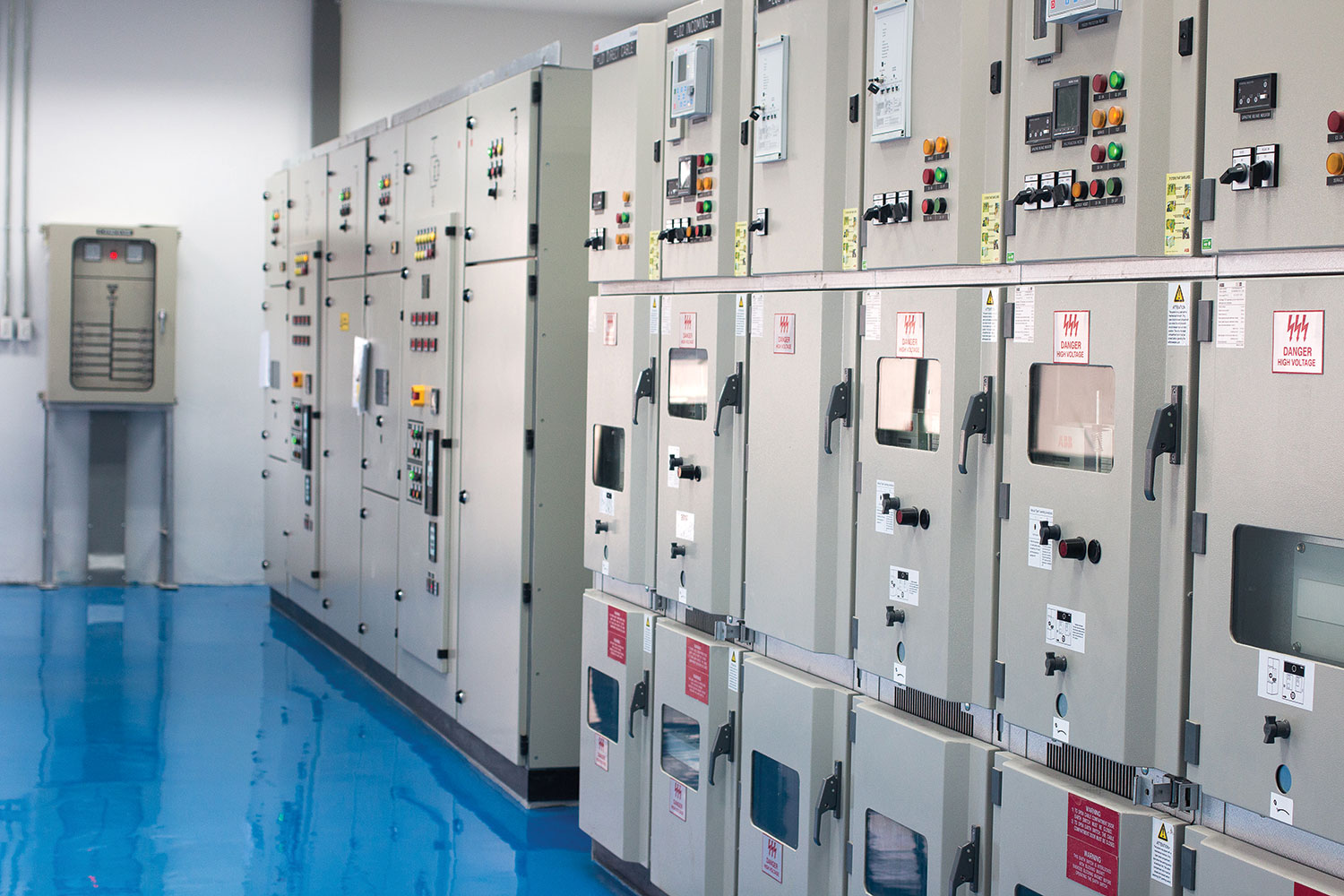Without a supply of energy to replenish the battery, the benefit of an ESS can be limited in a prolonged outage. A combination of solar and storage and energy management of supply and loads are needed to make electricity supply reliable to the homeowner and business owner.
In order to truly understand the implications of the changes to the measuring provisions of Section 210 in the 2020 National Electrical Code (NEC), one must go back and review how we arrived at that point.
A PV system is relatively simple in concept, but after the NEC requirements are added for safety, the execution of the system requires considerable attention to detail. There are also significant numbers of electrical inspectors that are new to the field of inspecting PV systems.
Fire stop requirements have become a source of concern lately among the stakeholders of electrical safety (among the electrical designers, contractors, and electrical safety regulators).
The 2020 version of the NEC just took a leap forward for at least one of these two locations with changes to a rule that has been a long-standing requirement for many years – the six (6) disconnect rule found in 230.71.
The 2020 National Electrical Code© (NEC©) contains many changes regarding the use and limitations of reconditioned or rebuilt equipment. How does UL identify if the equipment is Certified (Listed) as reconditioned or rebuilt?
To play this code quiz game on dwelling unit requirements, you need a sharp eye, a quick mind, and a copy of the 2020 National Electrical Code (NEC).
It’s often said that our home is our castle and haven of safety. Whether it is a single-family dwelling, an apartment, or a high-rise penthouse, we naturally expect to feel safe when we come home, turn on a light, and begin preparing our evening meal. Unfortunately, the electrical wiring or electrical service panel within these dwellings can sometimes be one of the most significant fire hazards in our home.
IAEI is embarking on a student membership campaign that will be rolling out over the next several months.
The expansion of ground-fault circuit-interrupter (GFCI) protection in the 2020 National Electrical Code® (NEC®) is a step toward increasing electrical safety regarding electric shock protection.










